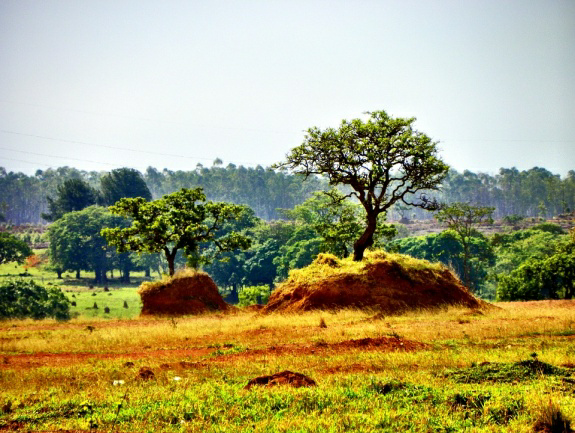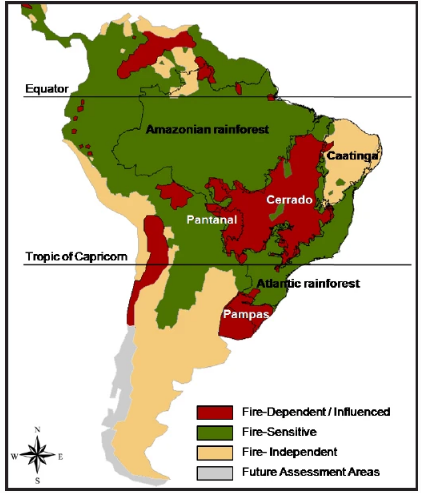Free Courses Sale ends Soon, Get It Now


Free Courses Sale ends Soon, Get It Now



Disclaimer: Copyright infringement not intended.
In News
About Cerrado

Savannah
Region
Climate
© 2024 iasgyan. All right reserved